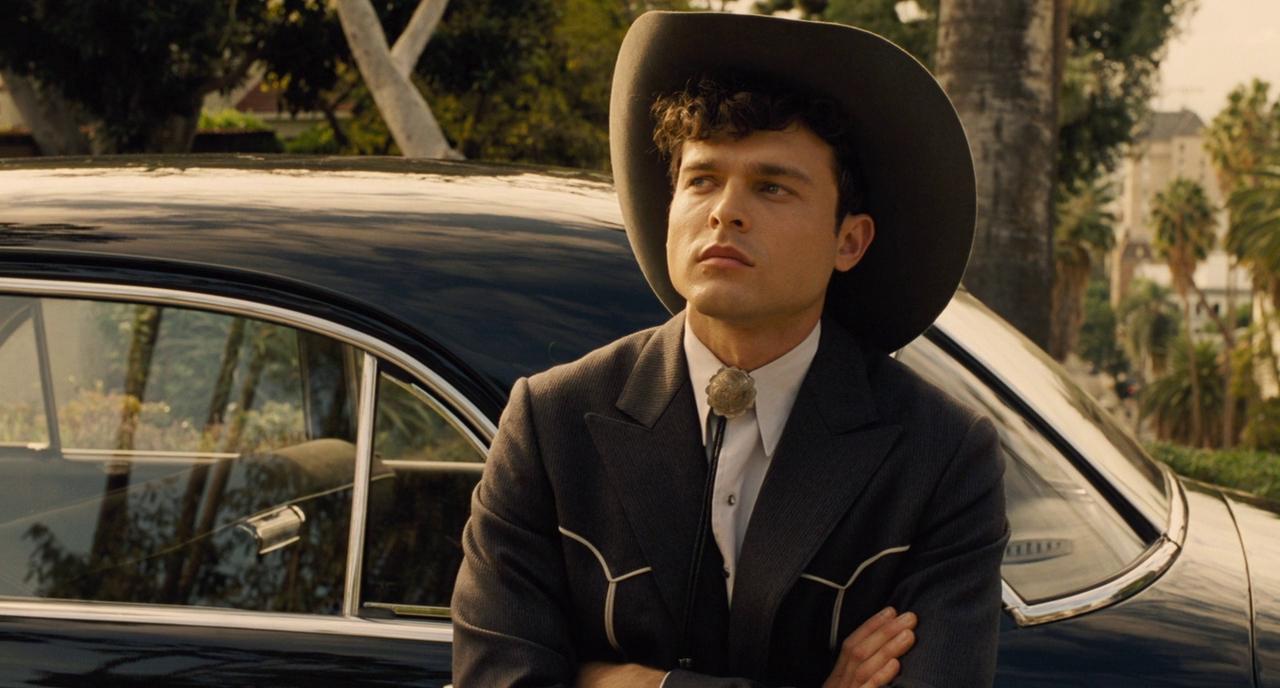- This topic has 7 replies, 4 voices, and was last updated 2 months ago by .
-
Topic
-
Hello Mr. Deakins and all the people over this fantastic forum! First of all, I hope you and Mrs. James are well.
Before going into the topic and asking my question, I believe that the “look” of a movie is the result of a combination of many things, not only a certain color saturation or hue that comes along the entire film, I think also that every movie has it’s specific “look” and the audience perceive and realize it only when the movie is finished. In my opinion, It is impossible to “copy” a “look” of another movie even for the same cinematographer.
Of course, I think that thinking about the color tones of a movie in advance can help a way of lighting maybe to help the “manipulation” of hues and saturations for a LUT or in a DI process.
Regarding this decision, I would like to ask you if it is possible, what was your idea, or your discussion with the directors, for what I feel is the warm “predominant” tone of “Hail Cesar”.
Why did you and the directors want to obtain that color palette for the movie?About the technical side, I noticed that in some cases, especially for some exteriors, there is a warm “dominant” and seems to me that colors like blues are de-saturated or muted.
This is something that you achieved during the DI process? If it is so, what was your manipulation?For instance, I attach two images, one comes from the movie and embeds the rich warm tones, and the other one is a ‘behind the scenes’ of what seems to be the same scene at the same time of the day.
The BTS picture has all the “blues” tones that come from the sky and atmosphere that the final movie (to me) doesn’t seem to have.I know that you don’t like to use temperature filtration in front of your lens (except for some cases like Vegas in BR2049), so my curiosity goes to “how” did you achieve that warm palette in that exterior that seems to have a lot of blues indirect light coming from the sky.
As always I want to thank you for your time and availability, I know you are so busy these days.
I apologize for my bad English.
I wish you a peaceful day,
Max.

- You must be logged in to reply to this topic.
